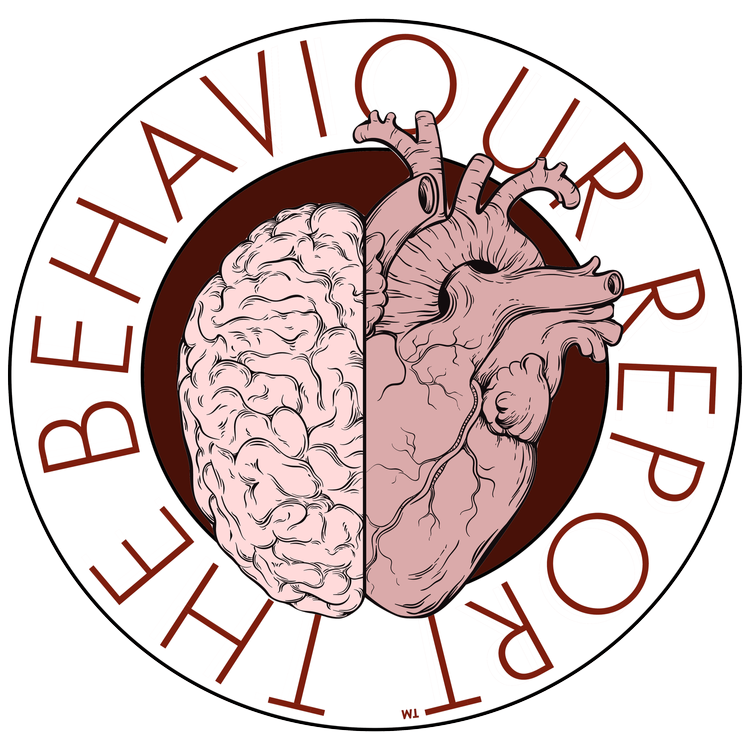Kieran Flanagan @ThinkKieranF
#Resilience is often seen as an exercise in endurance, a heroic struggle against the odds and a stoic acceptance of “life as challenge.” And this can certainly be one aspect of resilience.
However, a useful reframe might be to see resilience as a facet of creative problem solving.
In other words, rather than running at the same obstacle again and again and failing repeatedly without losing enthusiasm (to paraphrase a quote from Winston Churchill), it might also be seen as an ability to create new and various options, approaches and opportunities while gaining enthusiasm - which draws more on the world of gamification than self-flagellation.
Given this reframe, how might we use creative problem-solving skills as tools to increase resilience?
Creativity puts your focus on solutions, not problems
Creativity thrives on challenges, problems, issues and breakage points. In fact, creativity in the absence of a problem to resolve or a inefficient process to reinvent can often struggle. Creative thinking flourishes when there is some form of resistance to push against.
What separates creative problem solving from struggle, however, is mindset and mental focus. Those who struggle tend to be entirely focused on the problem they face, even to the extent that they amplify its importance and impact, whereas creative problem solvers are more obsessed with solutions, asking “What if” and the “Have we tried this?”
Creative problem solving also looks beyond the one immediate answer and usually produces answers, plural!
Creativity looks for multiple solutions
Creativity, which is really a capacity to move beyond default thinking patterns and reflexive solutions, is ultimately a numbers game. The most talented of your team holding only one solution is statistically more likely to struggle that an average team member with hundreds of possible solutions.
This understanding is critical in helping you and your team lose your attachment to a particular outcome and be more vigilant, aware and receptive to different lines of thinking and alternate possibilities. In fact, creative problem solving might be thought of as possibility generation.
Creativity opens new possibilities and other close
We’re all familiar with the phrase, “When one door closes another opens,” and it’s many variants including, “Open a window,” and “Open the door again, that’s how doors work!”
The central question in all creative endeavours is the phase, “What if?” But it might just as well be served by the question, “What else?”
When facing challenges, leaders and teams will often move too swiftly into convergent or critical thinking mode before adequately exploring opportunities and insights using divergent creative thinking techniques.
This is one of the reasons that it can seem so devastating when a possibility or desired direction closes down. It is seen as an ending rather than one of a series of possible options. Again, this is very much about shifting your mindset.
Creativity changes how you see problems and issues
One of the great challenges of resilience and of its opposites burn-out and cynicism, is the frame of reference we choose to use. This is partly driven by our often-obsessive attachment to the result we were seeking or expecting, but also because of our infatuation with the methodology used to achieve it.
A consistent practice of creative problem-solving skills, tools and techniques broadens our cognitive bandwidth, making us more open to opportunity and more flexible, agile and adaptable under pressure.
A sense of resilience becomes difficult to maintain when the options in front of us seem limited or much diminished. This can often be a false reading of reality especially when we lack the mental resourcefulness to imagine a new reality.
All of this is not to say that a healthy discipline and a little stoicism are a bad thing, simply that they might also be well served by inviting your brain to take Apple’s advice, and “Think Different.”
